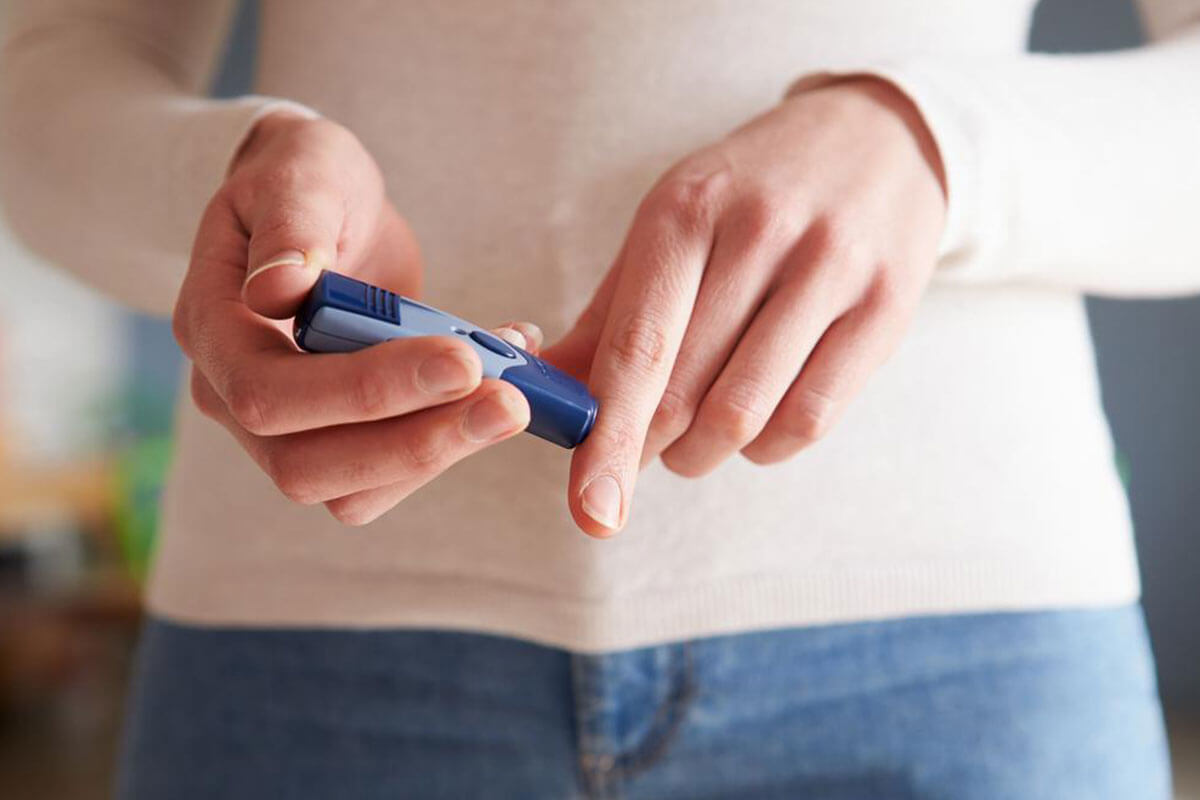Everything you need to know about blood sugar and its levels
Blood sugar or glucose is the main source of energy in the human body. The amount of blood sugar present in the body is called as blood sugar concentration or blood sugar level.
Glucose is transported from the intestine to the body and is made available to the blood cells with the help of insulin. Lowest blood sugar concentration is present in the morning (before intake of any meal). It increases after meals for an hour or two.

The international unit of measuring blood sugar level is millimolar or mmol/L.
Abnormalities in blood sugar level
Any measurement of blood sugar level that falls outside the normal range leads to abnormality in blood sugar level. These fall into two categories:
High Blood Sugar: When the blood sugar level rises above the normal range, it is called as high blood sugar or hyperglycemia.
Low Blood Sugar: When the blood sugar level decrease below the normal range, it is called as low blood sugar or hypoglycemia.
Both of these conditions are equally harmful. High blood sugar is one of the leading reasons behind heart diseases. While low blood sugar weakens the body and can cause insulin shocks. It can be very dangerous if left untreated.
Normal blood sugar level
Many factors affect a person’s blood sugar concentration.
The normal blood glucose level (tested while fasting) for non-diabetics, should be between 3.9 and 5.5 mmol/L (70 to 100 mg/dL).
The mean normal blood glucose level in humans is about 5.5 mmol/L (100 mg/dL); however, this level fluctuates throughout the day.
Blood sugar levels for those without diabetes and who are not fasting should be below 6.9 mmol/L (125 mg/dL).
The blood glucose range for diabetics should be 5.07.2 mmol/l (90130 mg/dL) before meals and less than 10 mmol/L (180 mg/dL) after meals.
How To Control Blood Sugar Level
Blood Sugar levels need to be controlled to keep a check on diabetes. Regular exercise is necessary to maintain blood sugar level. A check on carbohydrate intake should be there. Drinking proper amount of water is necessary. Most importantly, a strict diet should be followed.
There are foods that can help control the blood sugar level. Kale, spinach, legumes, green tea, nuts, and fiber rich foods should be included in the diet.
In addition to these, a regular check up with the doctor is required. Once diagnosed with diabetes, regular blood tests should be taken to monitor the blood sugar levels.




